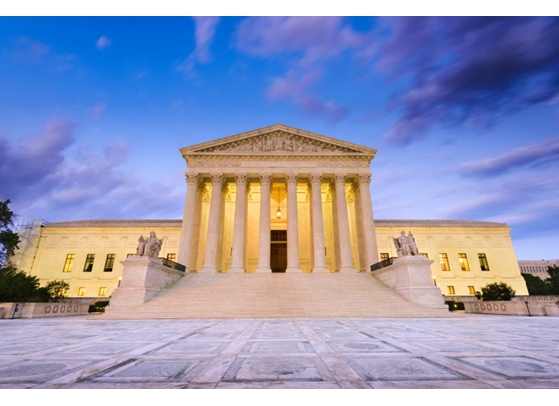
Overview
The U.S. Supreme Court’s unanimous decision in Intel Corp. Investment Policy Committee et al. v. Sulyma sharpens the 'actual' knowledge standard that triggers the three-year limitations period for breach of fiduciary duty claims arising under the Employee Retirement Income Security Act. Under Sulyma, the statutory phrase 'actual' knowledge means what it says: the three-year period is limited to circumstances where a plaintiff/participant actually knows of the disclosure evidencing the alleged breach. Absent proof of such knowledge, ERISA’s longer six-year repose period applies.
Background and Analysis
Plaintiff Sulyma worked at Intel between 2010 and 2012 and participated in two of Intel’s ERISA retirement plans, investing in target date and other funds managed by an Intel investment committee responsible for making the funds’ asset allocations. Over time, the committee increased the funds’ allocations to alternative investments, increasing the funds’ cost and resulting in performance that lagged index funds with greater equity exposure. In October 2015, Sulyma sued the Intel committee and other plan administrators on behalf of a putative class for breach of fiduciary duty under ERISA, complaining of allegedly imprudent investments and inadequate disclosures regarding the same.
Intel had disclosed these investment decisions to all plan participants, including Sulyma, through various notices and plan documents distributed by email and made available through an online benefits website. The documents disclosed the existence of the alternative investments and the basis for allocating some of the funds’ assets to alternatives, including hedge funds, private equity funds and commodities. Sulyma received the emails and accessed some of this information online, but testified that he did not “remember reviewing” the disclosures and was “unaware” while working at Intel that the monies he had invested in the funds had been reinvested in hedge funds and private equity. He recalled viewing account statements sent by mail, which noted that his plans were invested in “short-term/other” assets but did not specify the investments.
Intel moved to dismiss the case because Sulyma filed more than three years, but less than six years, after Intel issued relevant disclosures to plan participants, including Sulyma. The District Court granted summary judgment in favor of the Intel defendants, and the Ninth Circuit reversed, focusing on the plain meaning of 'actual' knowledge. In adopting the Ninth Circuit’s reasoning, which echoed most other Circuits, the Supreme Court emphasized that where ERISA utilizes 'actual' rather than a constructive or implied knowledge standard, the term “actual” must be given its plain meaning and requires “more than evidence of disclosure alone.” To meet the 'actual' knowledge requirement, a plaintiff/participant “must in fact have become aware of” the disclosure underlying the alleged breach of fiduciary duty. The Supreme Court recognized that 'actual' knowledge can be proved through “inference from circumstantial evidence,” including electronic records showing a plaintiff/participant viewed the relevant disclosure and evidence suggesting that she understood and took action in response to the information in the disclosure. Importantly, the Intel defendants did not argue that 'actual' knowledge was established in these ways. Instead, they argued “only that they need not offer any such proof,” an argument that the Court rejected.
Takeaways
- To the extent that the Court’s ruling diminishes the protections afforded to plan fiduciaries under ERISA’s limitations framework, the Court deferred such policy considerations to Congress.
- The opinion leaves room for plan fiduciaries to argue that evidence of a plaintiff/participant’s “willful blindness” to disclosures supports a finding of 'actual' knowledge.
- When crafting disclosures, fiduciaries should take care to use plain language that is accessible and understandable for the average participant.
- Dissemination of disclosures should be tracked, with acknowledgments sought where appropriate, to confirm plan participants are reading and comprehending such information.
- When considering challenges to class certification, fiduciaries may find utility in highlighting the individualized nature of probing the 'actual' knowledge of plaintiff/participants.
Information contained in this publication should not be construed as legal advice or opinion or as a substitute for the advice of counsel. The articles by these authors may have first appeared in other publications. The content provided is for educational and informational purposes for the use of clients and others who may be interested in the subject matter. We recommend that readers seek specific advice from counsel about particular matters of interest.
Copyright © 2020 Stradley Ronon Stevens & Young, LLP. All rights reserved.